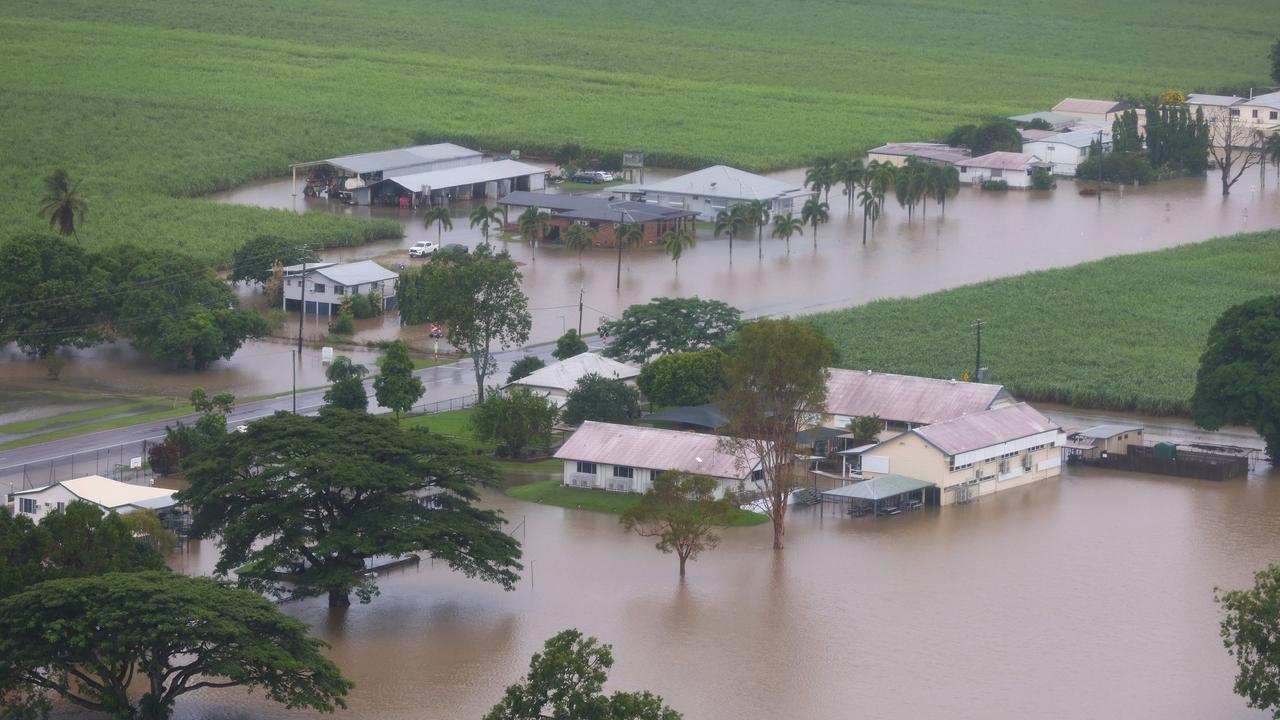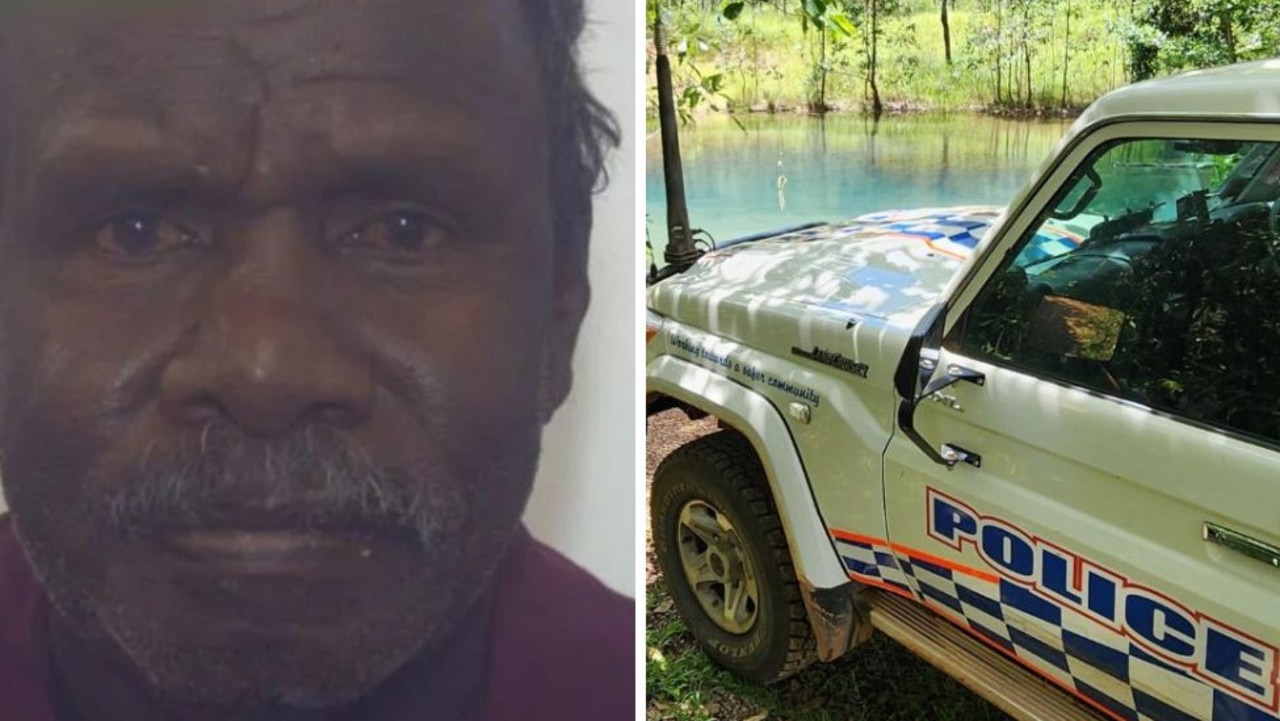More freezing temperatures on the way for Australia
The icy temperatures that greeted Australians will return with more intensity tomorrow as experts reveal what lies ahead for the rest of the week.
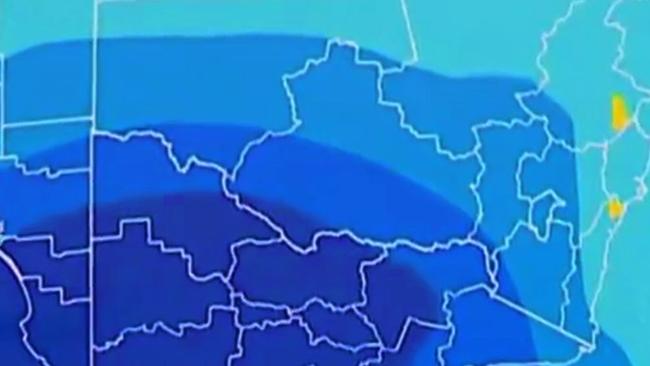
Environment
Don't miss out on the headlines from Environment. Followed categories will be added to My News.
More dangerous, blisteringly cold conditions are on the way for large parts of Australia after several days of wild weather described by some as “hell” and the “worst in 50 years”.
Freezing temperatures have greeted Australians in cities across much of the country’s southeast this week.
Tasmania, Victoria, the ACT, NSW and Queensland all copped their share of the polar blast – and experts say it will get even colder before things start to turn around.
The southern states, which have started winter will a brutal dose of icy weather, experienced slightly warmer conditions on Monday thanks in part to plenty of cloud cover.
But Victoria, Tasmania and southern NSW will get colder again on Tuesday.
Sky Weather meteorologist Rob Sharpe said the “frost threat looks to be a little bit more substantial” on Tuesday for almost the length of the east coast of Australia, including large parts of Tasmania, Victoria, NSW and Queensland.
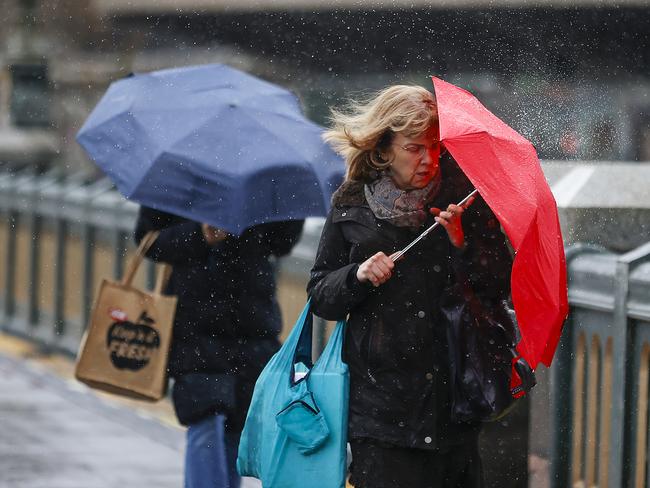
That means the dangerous conditions that have authorities on high alert in Tasmania will continue a little longer.
In Hobart, several people had to be rescued from the summit of Mt Wellington/Kunanyi over the weekend, including six people who were forced to shelter inside a toilet block near the summit after midnight on Saturday.
They were greeted by high winds and heavy snow that rescuers were forced to wade through to get to them.
The group was rescued from the blizzard-like conditions and treated for hypothermia.
Nearby, a woman was killed when high winds uprooted a large tree.
Locals who spoke to the ABC said “it was hell” and the worst they’ve seen in 50 years.
“It just roared … I’ve never seen anything like it,” one man said.
The good news is that the change is coming.
By Thursday, conditions will be “notably warmer across much of the country,” Mr Sharpe said.
Whilst the gnarly swells and winds have decreased, there is still a strong wind warning out for the lower east and south coasts of #Tasmania today, and a southerly swell around 4 metres. https://t.co/MgWBRP2vK0pic.twitter.com/TCYCBPqD7Q
— Bureau of Meteorology, Tasmania (@BOM_Tas) June 12, 2022
“We’re talking about 2C, 3C, 4C warmer that what we’re seeing today. A nice little change up after the long, extended run of very cold weather, especially for the southeast regions.”
Meanwhile, he said, Western Australia is copping “some severe weather” brought on by a low moving across the south of the state bringing damaging winds and rain.
That system will “slow down to a crawl” when it reaches southeast Australia and produce a series of showers through midweek, Mr Sharpe said.
The news comes as warnings persist across the entire NSW coastline. The region is being battered by severe surf and wild weather.
The Bureau of Meteorology (BOM) has issued a hazardous surf warning for the entire state – from Byron Bay in the north to Eden in the south.
Swimmers, fishers and boaters have been urged to be careful in the water.
Waves of up to 5m were recorded along the coast on Sunday night, with similar surges recorded on Monday.
Footage obtained by the Nine Network shows huge waves washing over a footpath at Bondi Beach on Sunday night, prompting people to run for safety.
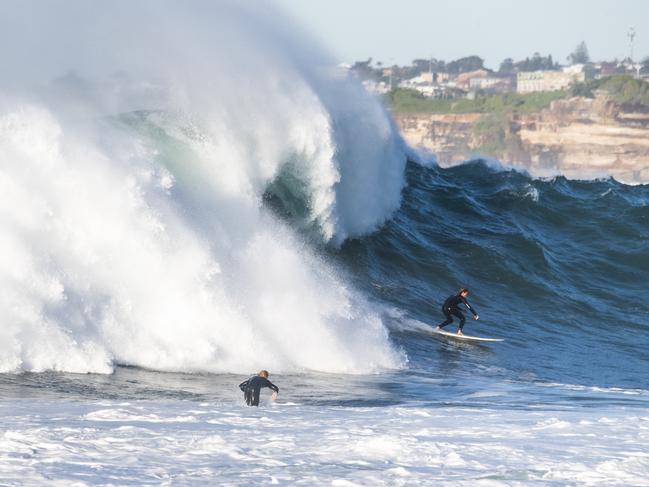
The huge swell – caused by strong winds generated by a low-pressure system over the Tasman Sea – has already caused some erosion and damage, with businesses along the coastline battening down their hatches on Monday morning.
The BOM has told people to consider staying out of the water, and to avoid walking near surf-exposed areas.
“Hazardous surf conditions along the NSW coast, Norfolk Island and Lord Howe Island have been generated by a low-pressure system over the southern Tasman Sea,” the warning said.
“Conditions in these areas could be dangerous so it’s important that people stay away from the surf.
“Rock fishers should avoid coastal rock platforms exposed to the ocean and seek a safe location that is sheltered from the surf,” BOM said.
“Boaters planning to cross shallow water and ocean bars should consider changing or delaying their voyage.
“Boaters already on the water should carry the appropriate safety equipment and wear a lifejacket.”
An abnormally high tide also prompted minor flood warnings for the Hastings River at Settlement Point on the NSW mid north coast near Port Macquarie.
– with NCA NewsWire
Originally published as More freezing temperatures on the way for Australia




